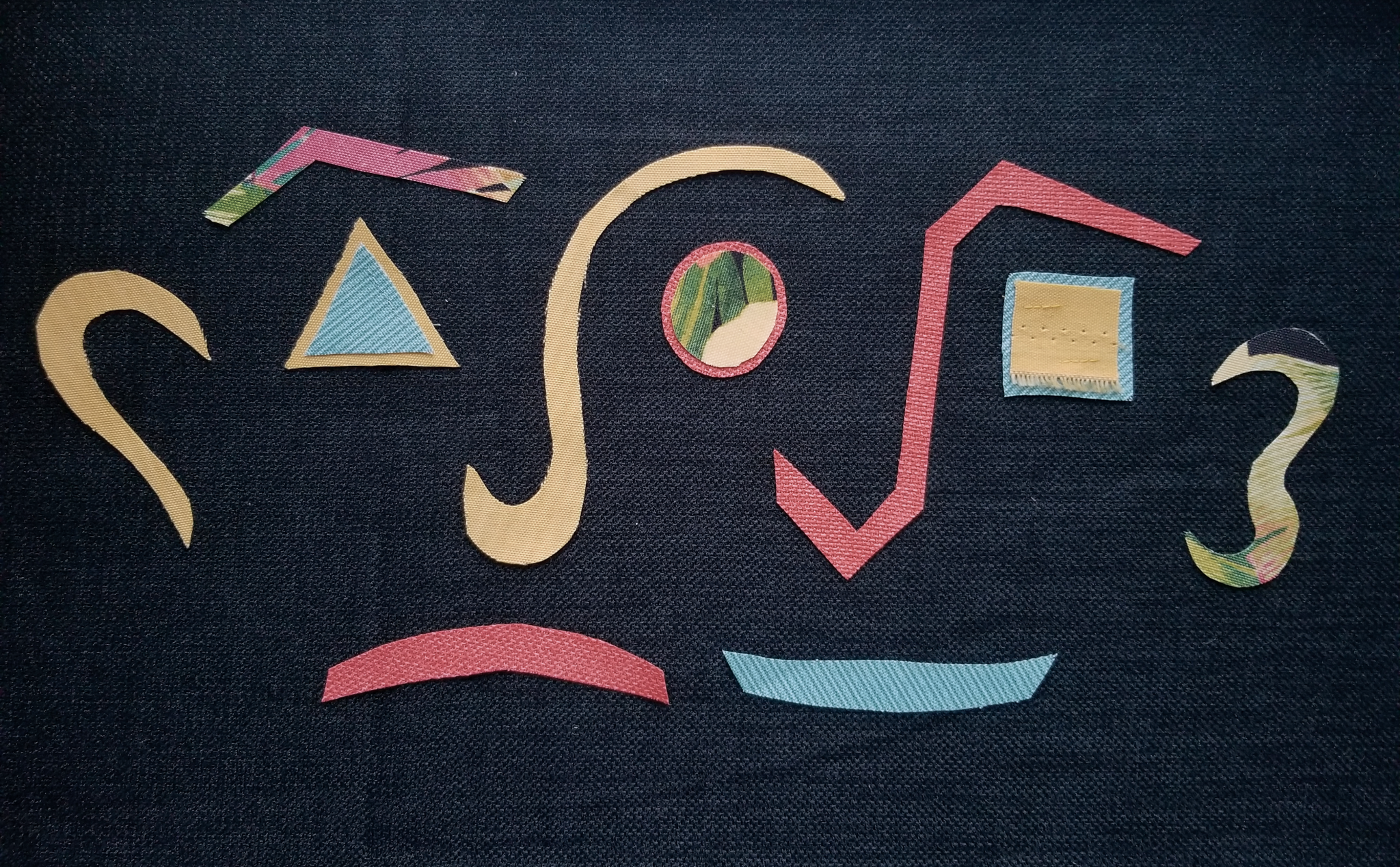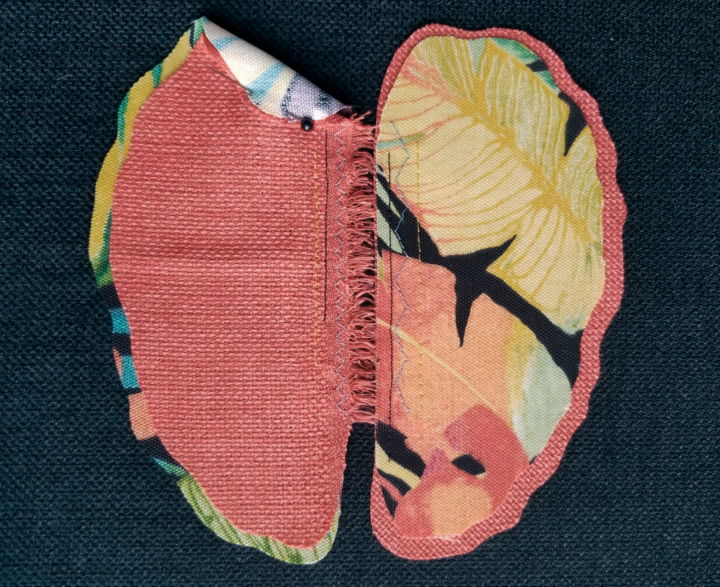A frequently misquoted myth about the brain is that scientists and researchers are “left-brained” and artists and writers are “right-brained.” But what would happen if each side actually had to work on its own? When these two hemispheres are separated, and each is left to only perform its specific tasks, what remains really is stranger than fiction. For instance, there are cases like Kim Peek, who developed language centers on both sides of his brain and possessed the ability to read both pages of an open book and remember all the information; he inspired a character in the 1988 film Rain Man. When the hemispheres lose their ability to communicate or cooperate with each other, they struggle to perform together and sometimes even carry on independently.
Information Highways
It is vital for information to be able to move between hemispheres quickly and efficiently. In the brain, the senses of sight and touch as well as all motor function are contralateral, meaning the right hemisphere is responsible for the left side of the body and vice versa [1]. When someone is reading words in their left visual field, the information is first sent to the right hemisphere’s visual cortex, then to the language region located in the left hemisphere. This process involves the transfer of multiple signals across the cortex. To carry out this task, specialized bundles of densely packed nerve fibers called commissures transmit information from one hemisphere of the brain to the other [1]. The largest and most important of these lies directly in between the two hemispheres: the corpus callosum [2]. While this highway provides a valuable path for information, it also gives certain diseases and disorders a mode of transport across the brain [3]. The most common disorders with this progression are epileptic or seizure disorders.
Typically, the first attempt at treatment for epileptic disorders is to manage them with a drug regimen; the drugs help reduce the number of seizures and lessen the damage they cause to neurons and their ability to properly conduct signals [4]. However, as many as 30% of epileptic patients continue to have large numbers of seizures despite medication [4]. In the cases where these disorders prove to be difficult to treat conventionally, doctors may explore more radical options to prevent the spread of seizures across the brain. In rare cases, this may lead to a surgical procedure known as a callosotomy. During a callosotomy, the fibers of the corpus callosum are severed either partially or completely to remove the connection between the two hemispheres [3]. Over time, this procedure has been performed less as treatments have improved, but it does still have a place in modern medicine. A survey of research published on callosotomies noted 177 procedures performed over five studies between 2009 and 2014 [5]. This approach, although radical, has proved quite effective in preventing the spread of seizures. However, an unfortunate consequence of this operation is that by cutting the bridge of the callosum, all pathways for communication between the hemispheres are cut as well.

Severing the Connections
Following the operation, patients initially notice some differences when that key connection between the halves of the brain is severed. One of the first obvious challenges researchers addressed was that the hemispheres could no longer communicate. To study this concept more closely, Michael Gazzaniga of UC Santa Barbara and his associates designed an experiment for split-brain patients where they put different words on two separate cards and only showed one card at a time to each of the subjects’ eyes [6]. One of the words would be shown to the right eye (and left brain) and the other to the left eye (and right brain). Next, the patients were asked to draw a picture based on what they had seen. If someone saw the word “sky” in their left visual field and “scraper” in their right, they would probably imagine a tall building. These patients, on the other hand, would draw a picture of a blue sky with clouds and a comb-like scraper directly underneath it. The visual information of the two words was processed in each individual hemisphere, and there was no way for the words to cross over to combine and create one complete picture [6]. This proved to the researchers just how vital the corpus callosum is for everyday function.
In the brain, some functions are only localized in one hemisphere. This process, called lateralization, leaves special functions to exist in one hemisphere or the other. For example, the left hemisphere controls speech in about 95% of people [7]. Prior to the first split-brain studies, very little was known about lateralization, and researchers assumed that each hemisphere took on an equal share of processing. This hypothesis was tested on split-brain patients by showing different words to each eye. This time, however, the patients were asked to read the words aloud. The split-brain patients were only capable of saying the word on the right card aloud. This information was processed in the left hemisphere and then transferred to the area for speech. The left card, however, was processed in the right hemisphere and could not be sent to the speech center in the left hemisphere. However, when the patients were shown pictures and asked to choose the ones that described the two words, they identified both with ease [7]. The right brain still understood the words it saw and could identify them through pictures. This finding shattered previous conceptions that the entire brain was responsible for all processing and showed that lateralization existed for specific functions.
Many people believe this specialization means that one hemisphere is more dominant than the other. While it is true that the brain is specialized when it comes to things like speech, it is not the case that we tend to use one particular side more than the other. However, scientists have observed that the two hemispheres tend to have different approaches to solving certain problems. George Wolford from Dartmouth tested how split-brain patients would react to a game where the brain had to guess whether a flashing light would blink near the top of a computer screen or the bottom [8]. When the patients covered their left eyes and played using only the left brain, they attempted to figure out what kind of underlying pattern controlled the dots and correctly guessed the location of the dot about 68% of the time. However, when the right brain (left eye) was used, patients quickly determined that the top light blinked far more often and would just guess top every time. Using this method, guesses were correct 80% of the time [8].
This research revealed an important division between the two halves. The functions of the left hemisphere attempt to understand and explain, whereas those in the right simply take in the world as it is [6]. This separation between the hemispheres often makes it appear as if there are two brains independently occupying the same head.

Twin Brains
In many ways, the left and right hemispheres continue to function normally when separated. In this sense the brain can be seen as having two separate “twins” living in the same head. One of the more remarkable discoveries involves a study on simultaneous learning in cats [9]. The cats were presented with two button choices, each with different textures. Pressing one button rewarded the cat with food while the other gave nothing. Through testing, the researchers found that not only could the cats learn which texture produced food, but they could also learn two separate sets of textures simultaneously using each half of their brains [9]. This study revealed that the split-brain is better at simultaneous learning than typical brains. If you have ever tried to pat your head and rub your stomach, you know how difficult it can be to perform these contrasting motions. Researchers in the same study tested a similar theory with split-brain monkeys. Monkeys performed two contradictory visual tasks presented to separate eyes, such as choosing the correct shape between two different shapes where the correct answer was different depending on which eye was being used. However, when the monkeys attempted the tasks, they accomplished them without any difficulty, as if it were as easy as either task performed separately [10]. Typically, when our brains try to do two things at the same time, they send out conflicting signals that prevent the tasks from being carried out. However, this experiment seemed to hijack the advantages of the monkeys’ split-brains and allowed the hemispheres to function independently of each other, showing they are quite capable of performing some of their own tasks without a connection.
While these split-brains sometimes work together and make the same decisions, other times the result is far stranger, with early researchers coining it “split-brain syndrome.” Each half of the brain may make separate decisions and act as if they have separate personalities. In one case, a man noted that his left hand was aggressively trying to attack his wife while his right hand attempted to restrain it [11]. Another symptom of this syndrome is difficulty with cross-body movements. Moving the right hand to the left shoulder, for example, requires information from both the left and right hemispheres as the hand crosses the middle of the body and moves into the visual space of the other eye. Without the communication between the hemispheres, the brain becomes lost when the right hand is entirely in the field of view of the left eye, which can cause many difficulties with movement [9].
Lastly, while many patients face challenges, some also became hallmarks of the brain’s ability to adapt. In one remarkable case, a patient named J.W. taught himself how to use his right hemisphere for speech nearly thirteen years after his surgery [6]. His particular case has been studied extensively, but as of yet there exists no explanation for how his brain was able to adapt in this way and create a second language processing center in the right hemisphere. These exceptional cases show us the amazing and fascinating nature of our brains and offer a small glimpse into the vast unknowns that lie ahead for us to explore.

Conclusion
The split-brain shows the amazing way our brains process things together as well as apart. Part of the remarkable strides we have made come from the research done by individuals like Gazzaniga. From his studies and many others, we now know far more about how the delicate network of nerve cells contributes to the whole. Our brains have proved to be much more complex than we could have imagined, and it appears that we are only beginning to understand what it means for us to be human.
References
- Freeman, S., Quillin, K., Allison, L. A., Black, M., Podgorski, G., Taylor, E., & Carmichael, J. (2017). Biological science (6th ed.). Boston: Pearson.
- Spencer, S. S., MD, Spencer, D. D., MD, Williamson, P. D., MD, Sass, K., PhD, Novelly, R. A., PhD, & Mattson, R. H., MD. (1988). Corpus callosotomy for epilepsy: I. Seizure effects. Neurology, 38[1] , 19th ser.
- Geoffroy, G., MD, Lassonde, M., PhD, Delisle, F., MD, & Décarie, M., MD. (1983). Corpus callosotomy for control of intractable epilepsy in children. Neurology, 33[8] , 891st ser.
- Wyllie, Elaine (2012). Wyllie’s Treatment of Epilepsy: Principles and Practice . Philadelphia: Lippincott Williams & Wilkins.
- Rolston, J., Englot, D., Wang, D., Garcia, P., Chang, E. (2015). Corpus callosotomy versus vagus nerve stimulation for atonic seizures and drop attacks: A systematic review. Epilepsy & Behavior, 51 , 13-17.
- Gazzaniga, M. S. (1998, July). The Split Brain Revisited. Scientific American, 279[1] , 51-55.
- Rasmussen, T., Milner, B. (1975). Clinical and Surgical Studies of the Cerebral Speech Areas in Man. Cerebral Localization (pp. 238-257). Berlin Heidelberg New York: Springer-Verlag.
- Wolford, G., Miller, M.B., Gazzaniga, M. (2000). The left hemisphere’s role in hypothesis formation. The Journal of Neuroscience, 20[7], RC64.
- Sperry, R. W. (1961). Cerebral Organization and Behavior. Science, 133(3466) , 1749-1757.
- Trevarthan, C. B. (1962). Double Visual Learning in Split-Brain Monkeys. Science, 136(3512) , 258-259.
- Gazzaniga, M. S. (1995). Principles of human brain organization derived from split-brain studies. Neuron, 14[2] , 217-228.
